Weddell Seal
In our travels to Antarctica, we often see seals, and one of the species we love encountering is the Weddell Seal. Located in McMurdo Sound at 77° S, these animals are the southernmost breeding mammals in the world and are behaviourally adapted for their Antarctic home. Named after British captain James Weddell, these very vocal animals are identifiable by their brown or dark silver fur with lighter-coloured mottling on their bellies. These mammals are listed as ‘Least Concern’ (IUCN), and it is thought that there are over 800,000 of them in the world.
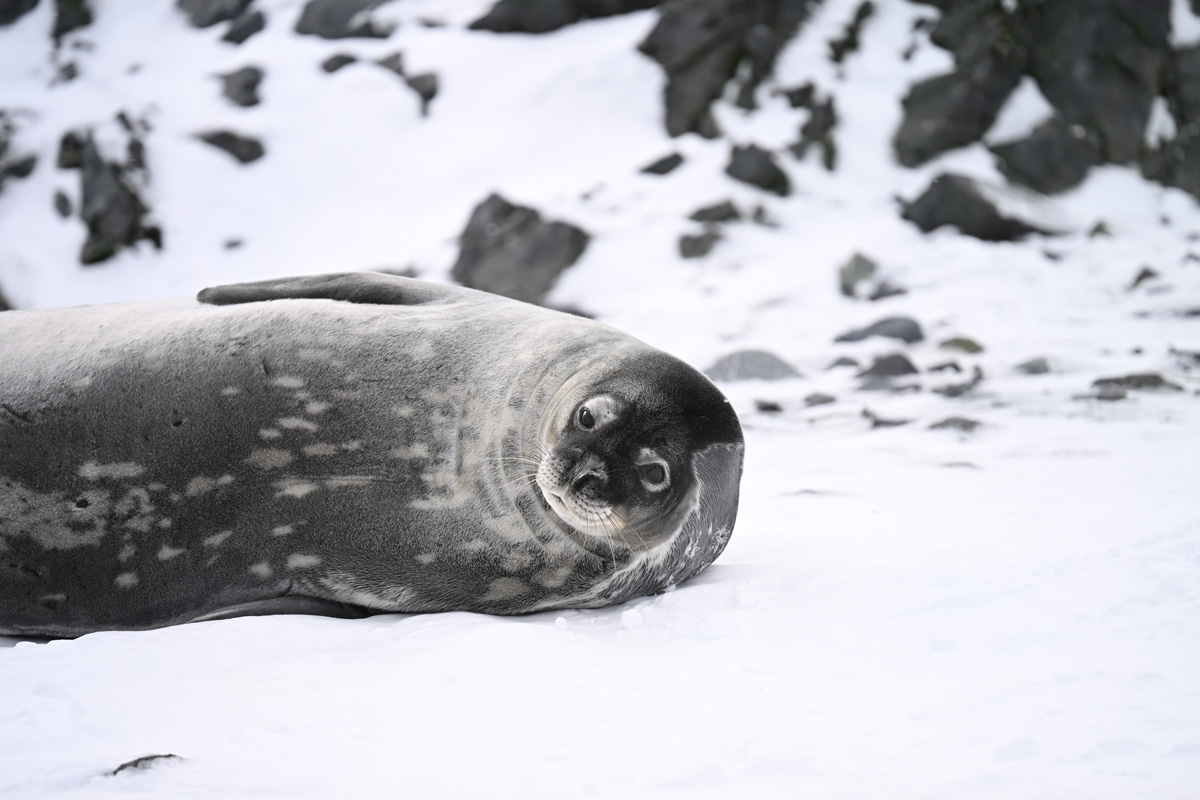
Weddell Seal seen on Half Moon Island, a small island part of the Shetland Islands Archipelago.
Weddell Seal Quick Overview
| Scientific Name | Leptonychotes weddellii |
| Population | Estimated at ~800,000 globally |
| Regions | Circumpolar around Antarctica, most commonly on fast ice and sea ice far south into the continent |
| Destinations | Falkland Islands, South Shetland Islands, Antarctic Peninsula, South Georgia |
| Average Length | ~2.5-3.6 m (8.2-11.8 ft) |
| Average Weight | ~400-600 kg (880-1,320 lbs) |
| Diet Habits | Fish (especially Antarctic silverfish), squid, krill, and shrimp |
The Underwater Life
- These gentle creatures spend much of their time below the Antarctica ice.
- By swimming under ice they are able to avoid Orca and Leopard Seals, their main predators.
- They can dive incredibly deep, up to 600 metres.
- To dive as deeply as they do, these animals have certain adaptations, such as high myoglobin concentrations, very large blood volumes, high red blood cell concentration and the ability to withstand anaerobic (non-oxygenating) metabolism for extended periods.
- Using their teeth, they open up air pockets in the ice above for breathing holes.
- Weddell Seals can stay underwater for up to 45 minutes, sometimes even as long as 85 minutes if they are searching for a breathing hole.
- They have incredible vision as it is often very dark beneath the ice.
Diet & Feeding
- They feed below the ice, diving beneath their prey and then swimming upwards.
- They dine on cod, silverfish, krill, squid and other sea life.
- A feeding dive can take them 200-400 metres down and last anywhere from 5 to 25 minutes.
- The mother’s milk is one of the richest produced by any mammal.
- During the darker winter months, they also use their whiskers to locate food.
- They blow air to flush out fish from cracks in the ice to eat them.
Sing Me a Song
- Weddell Seals are very vocal and will sing while they are hauled out above the ice as well as underwater.
- Their songs can be heard above the ice as they are quite loud.
- These seals will assemble together around breathing holes in the ice.
- When mating, they are very noisy and the sound can be heard from above the ice.
- They are the most studied of any seal species, but despite this fact, nothing is known about their ability to hear.
Life About the Ice
- Females give birth to one pup per year. They are, however, one of a few species that can give birth to twins.
- The pups weigh between 20 and 30 kg at birth and measure 1 to 1.5 metres in length.
- Pups are born and nursed in colonies from September in the north to December in the south, where multiple females may share a single breathing hole.
- They gain about 2 kg each day over the six or seven weeks they nurse, until they reach at least 100 kg and have to take care of themselves.
- As the only seal pups on the sea ice, Weddell seals hunt in water during nursing, and this activity intensifies as the pup matures
- While mothers raise their pups they do not feed, and their pups will get fat on the rich milk while the mothers grow extremely thin.
- All the seals relax on the ice either to rest, moult or give birth.
- Weddell Seals do not migrate and usually remain within a few miles of where they were born.
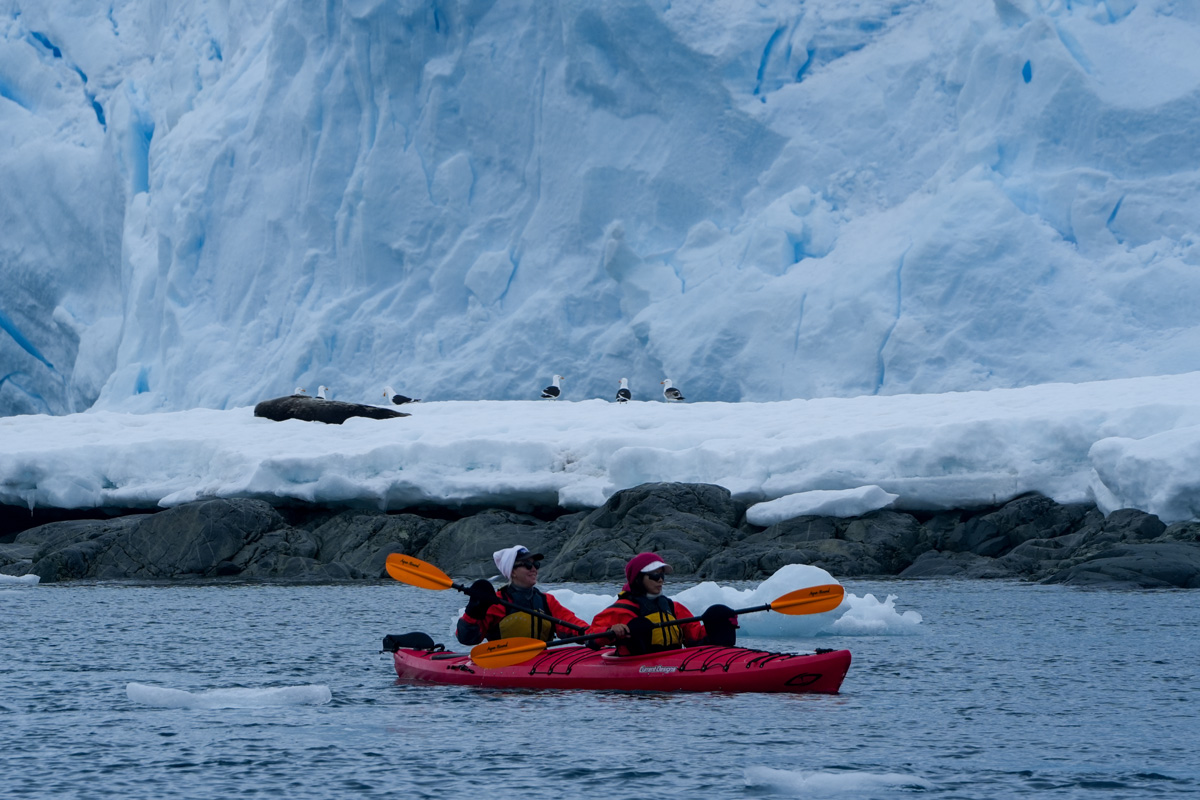
Kayaking offers a closer view of these creatures!
How Many of These 10 Weddell Seal Facts Did You Already Know?
- Weddell seals’ diet includes fish, squid, krill, and shrimp.
- They consume 10 to 50 kg of food daily.
- These seals are considered the most southerly living mammals on Earth.
- They typically live in small groups in ice cracks and permanent ice, keeping their breathing holes open with teeth.
- They typically weigh 400-600 kg.
- Females are heavier and larger than men, while males have a stronger neck, head, and mouth.
- They can produce extremely loud and violent sounds.
- The Weddell seal’s lifespan is around 30 years in the wild.
- During winter, they are mostly in the water, but in summer, they spend more time on ice.
- The mortality rate of weddell seal pups is around 50%.

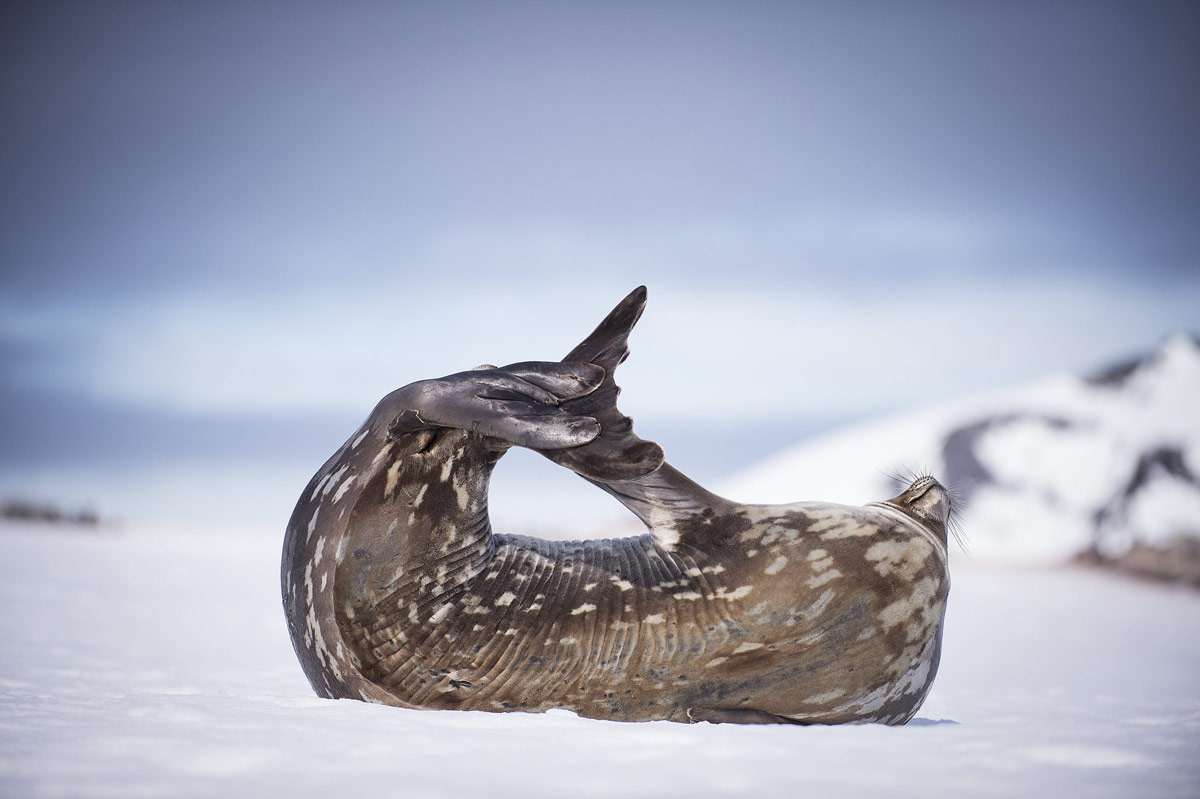
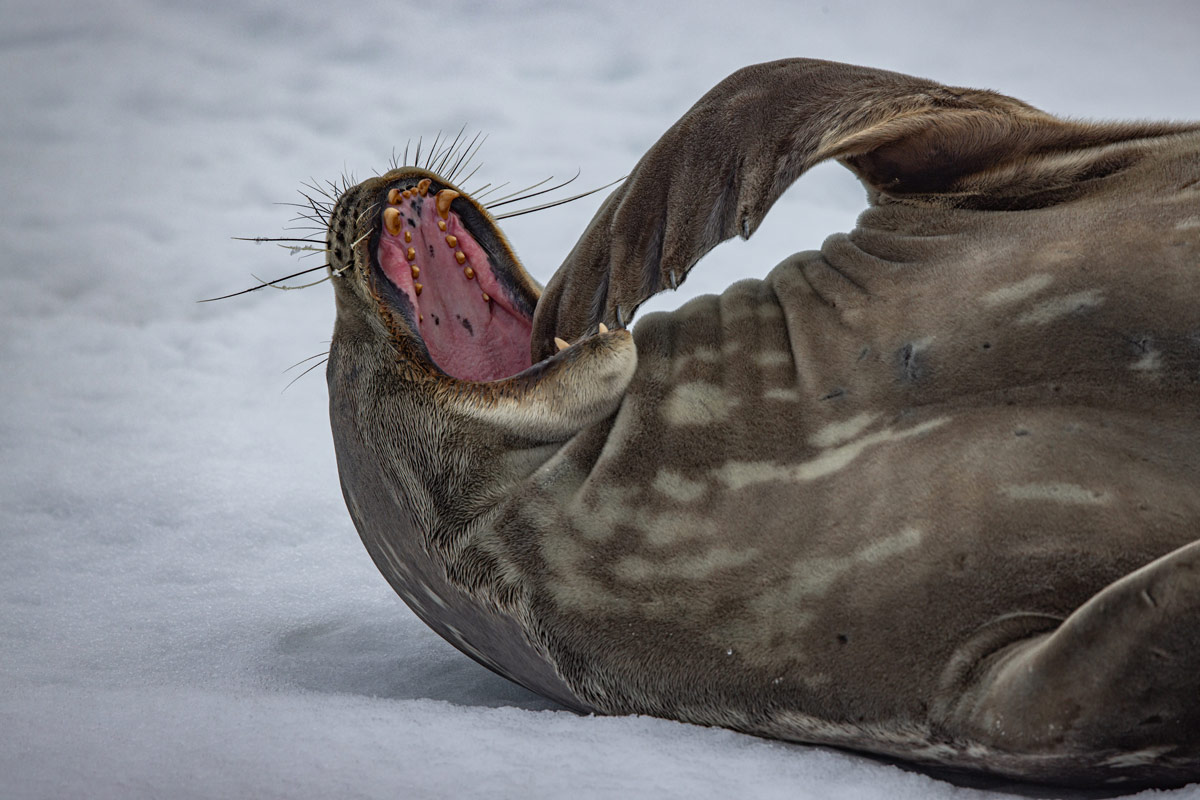
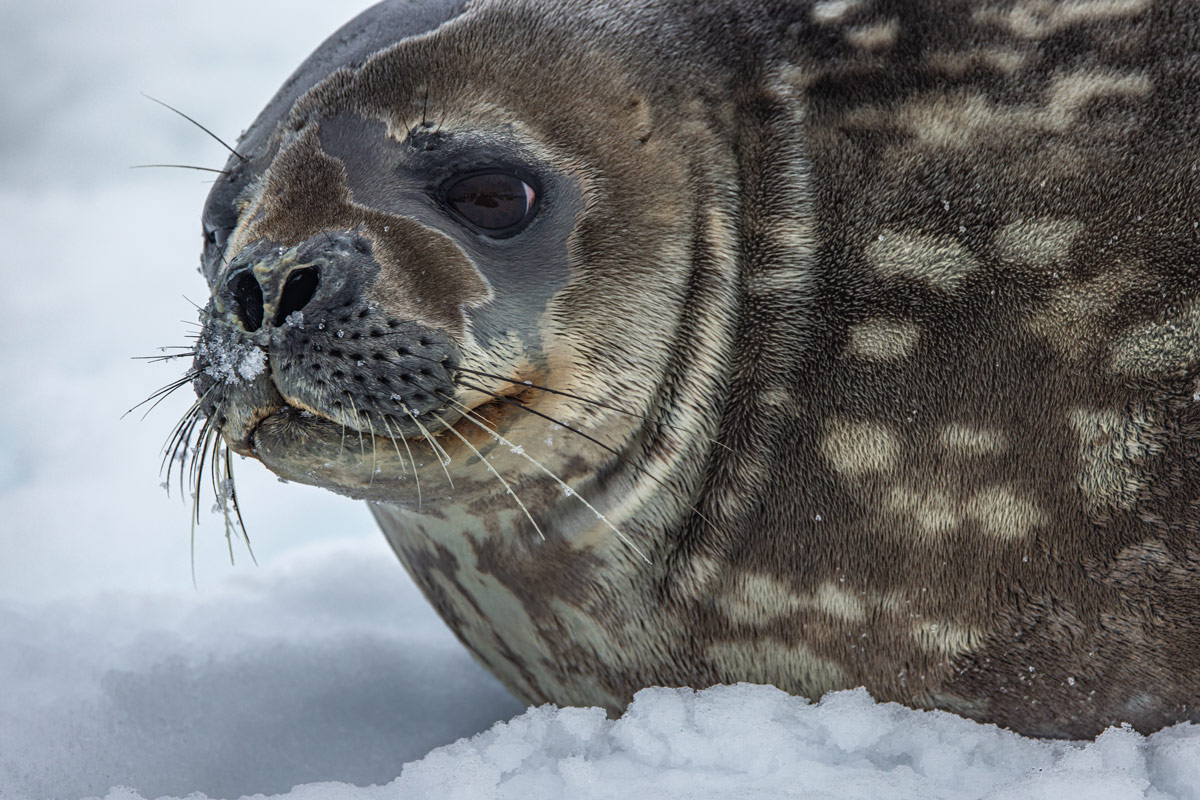
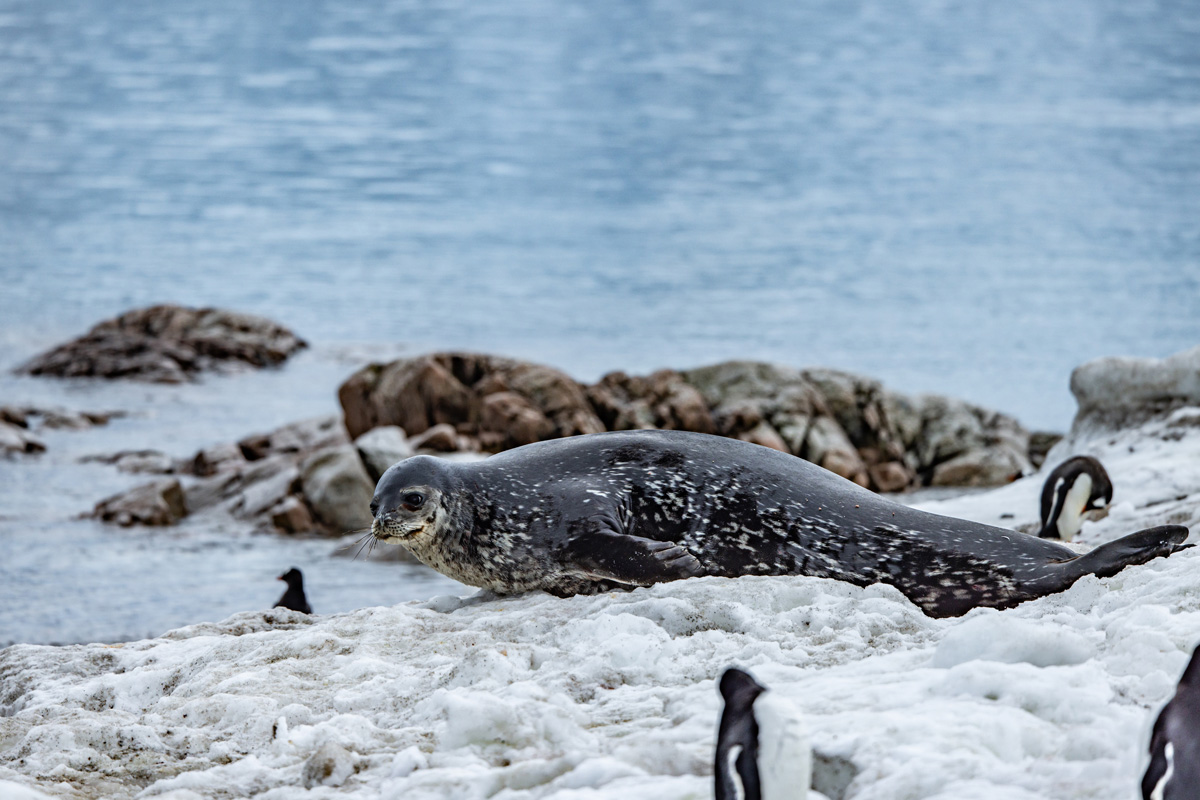
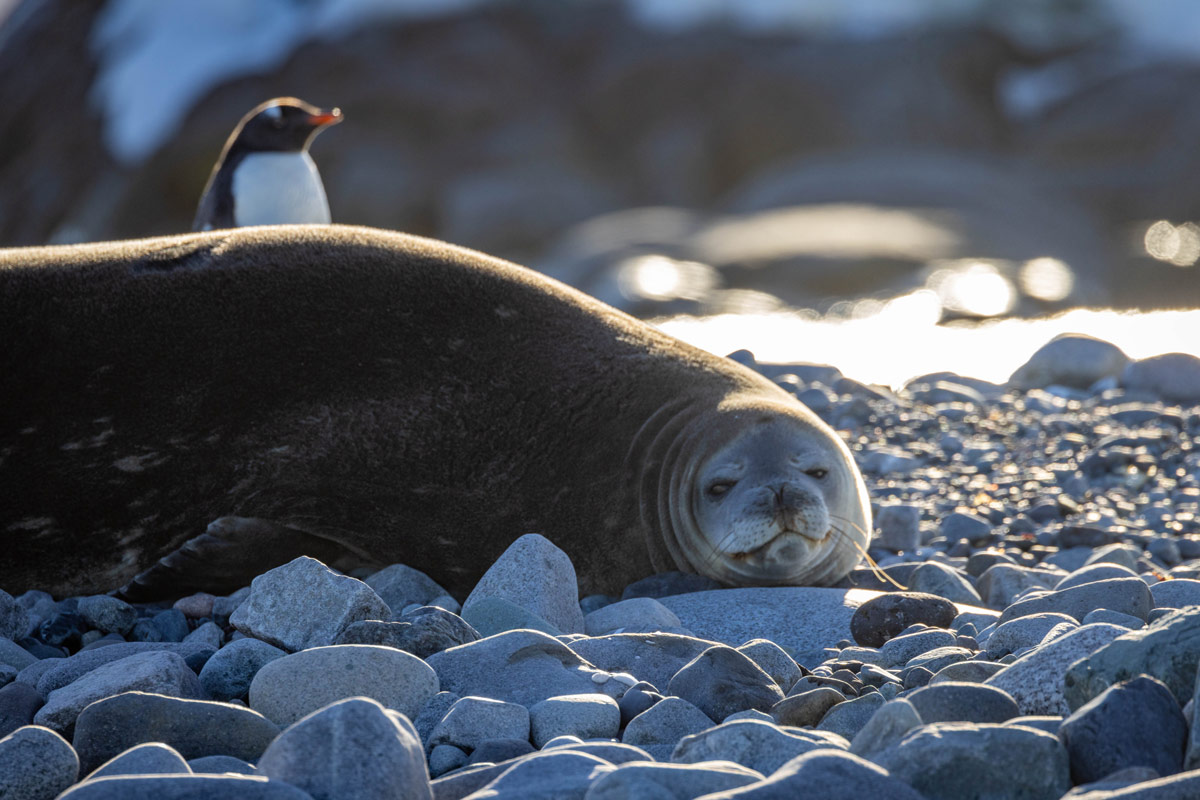
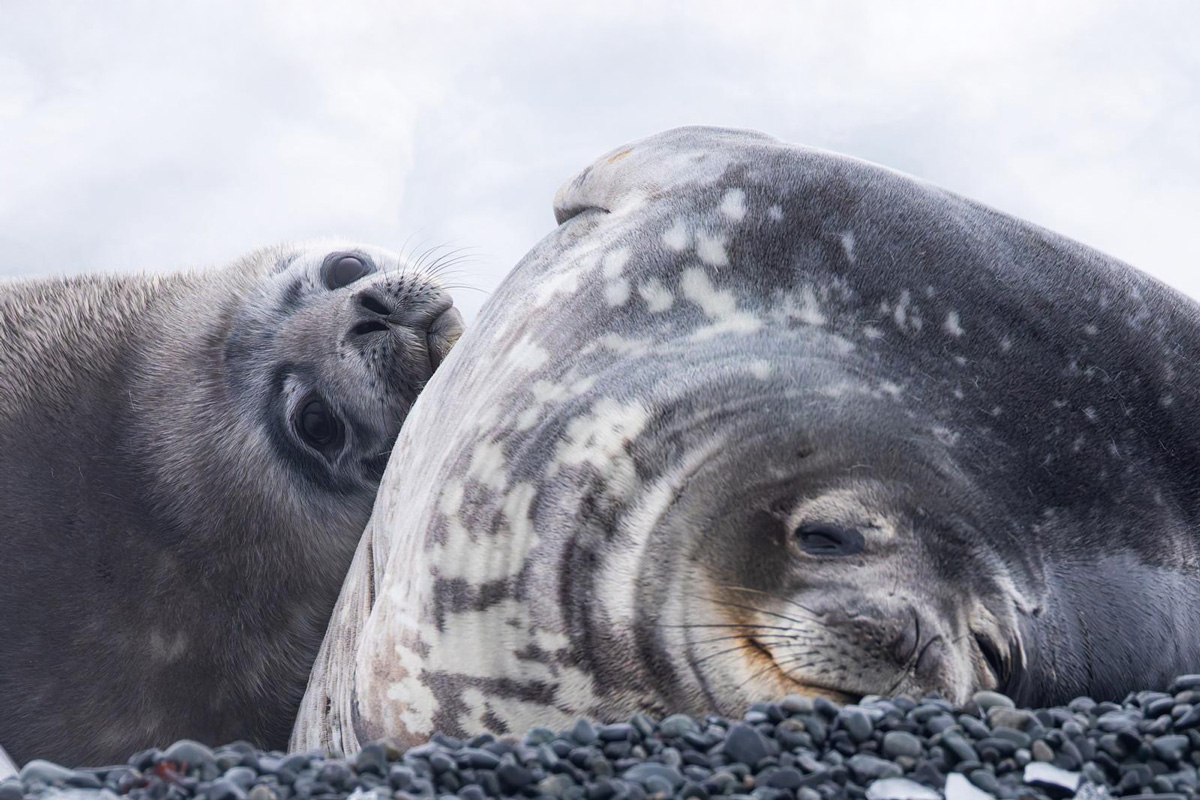
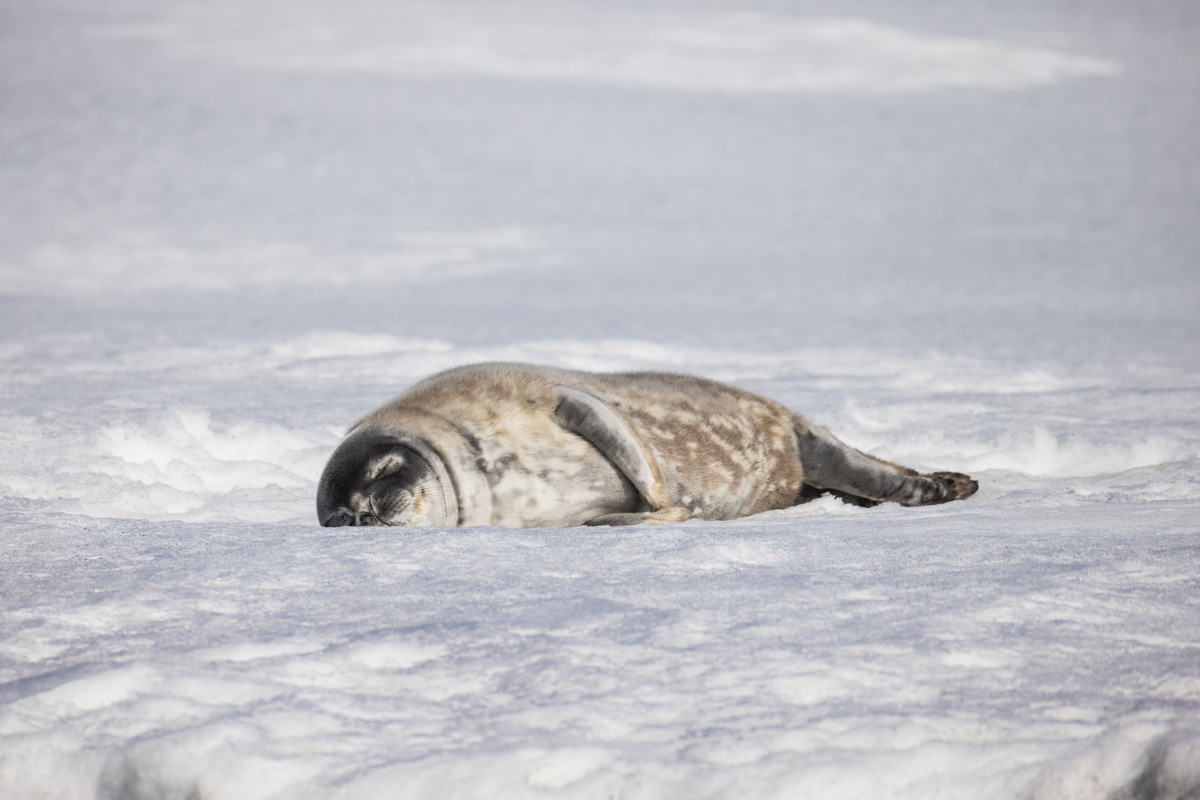
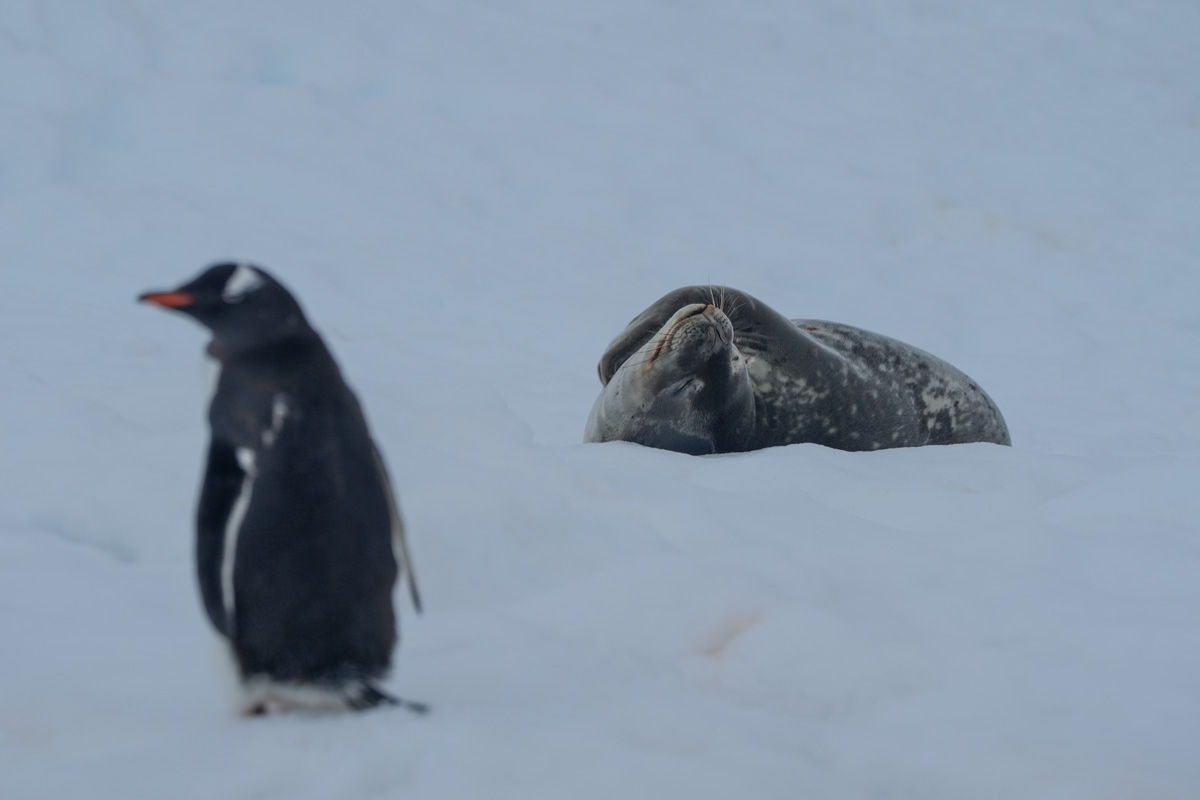
Interested in encountering these wonderful animals in Antarctica?
Reach out to our team at Polar Latitudes Expeditions to learn more about our voyages any time!
